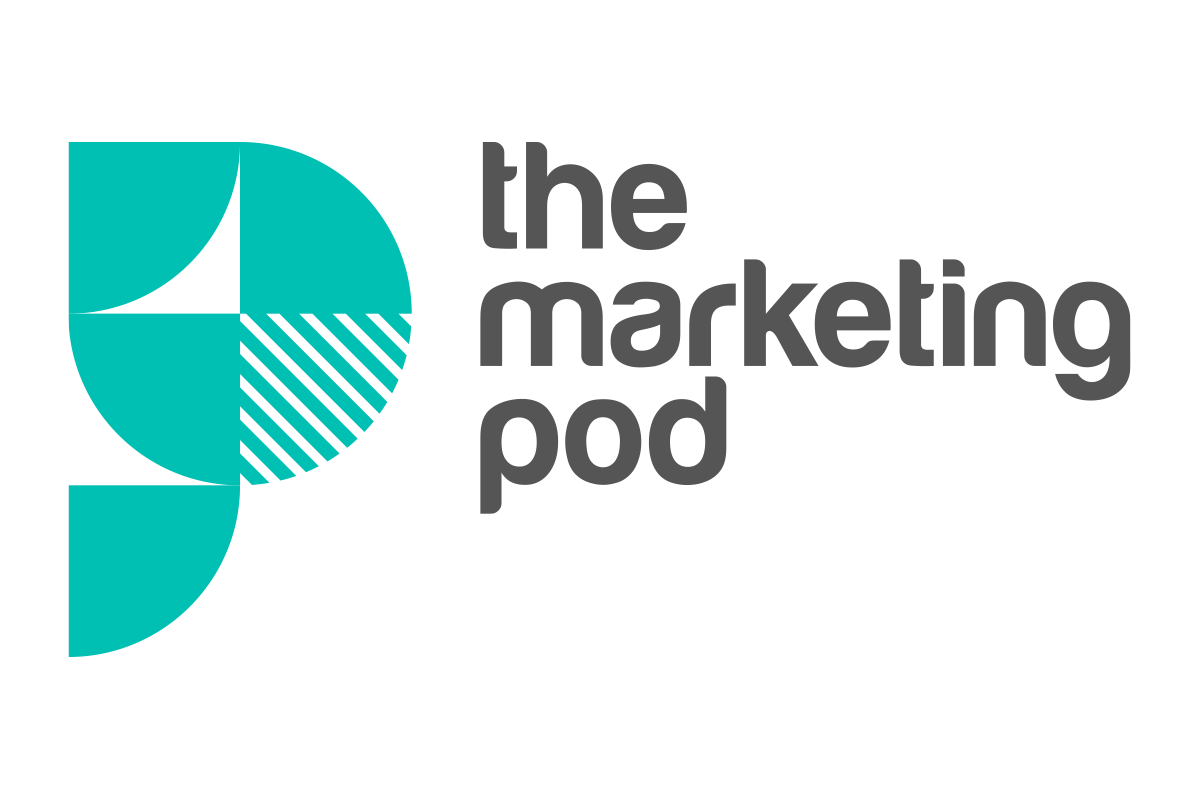Stick or Twist: which marketing trends are here to stay in 2020
Marketing is all about keeping your finger on the pulse, but it’s also crucial to distinguish the trends worth following from short-lived fads.
While some trends gain popularity because they’re a truly useful way to reach B2B audiences, such as content marketing and account-based marketing, other trends are just a flash in the pan (QR codes, anyone?). So before you invest your time and money in the latest B2B marketing fad, it’s wise to stop and think about whether it’s really likely to contribute to your marketing strategy and deliver the results you’re looking for.
Here’s our view on the marketing trends you should get on board with in 2020 - and those you should leave in 2019.
In 2020, you should be focusing on…
Working more closely with your sales team
Sales enablement demanded more time from marketing professionals than ever before in 2019. It’s such a common-sense approach - collaborating with your sales team to ensure you gain the insight you need to create engaging resources for prospective customers, which they can then use to secure leads. But the traditional divide between the sales and marketing departments that still prevails within many businesses prevents them from adopting a sales enablement approach.
If this is the case in your organisation, you should focus on building a more collaborative relationship with your sales team in 2020. Those of us working in marketing can learn a lot from our colleagues in sales, as they speak to customers every day. But we can also empower them to secure leads by providing them with content that they can tailor to individual customers. In doing so, you should also boost the chances of your sales team utilising the content you create, as it’s estimated that 90% of marketing content goes unused by sales!
Targeting your high-value customers
Savvy B2B marketers have been taking an account-based marketing (ABM) approach for some time now, and it’s a trend that’s set to stick around in 2020. If you’re not already doing ABM, then you could risk trailing behind your competitors - a recent survey of B2B businesses revealed that just 6% are yet to carry out ABM activity in any form.
Your customers are now so accustomed to highly personalised interactions with businesses in their personal lives, with brands from Netflix to Amazon making recommendations based on their preferences, that it’s no longer enough to simply ‘insert first name here’ in your emails.Yet since GDPR came into effect, it’s become much more difficult to collect the data you need to really get to know your customers and prospects. Stay on the right side of the law by investing in data enrichment tools, or ask visitors to your website to submit their data in exchange for your best content.
Getting the most out of your content
By now, we all know that content is king, but as we move into a new decade it’s time for B2B organisations to embrace new forms of content. Yes, we all know the power of a white paper in the B2B arena - in fact, 79% of B2B buyers say they’re more likely to share a white paper than any other form of content with their colleagues. But when you’re creating truly valuable, insightful content you need to think about how you can maximise its reach by repurposing it in different formats.
Because when you’re trying to reach time-poor decision makers, eye-catching, easily digestible visual content can be far more effective than long-form written content. This is particularly true on social media - video content earns three times more engagement than text posts on LinkedIn, for example. So use short, snappy video clips (under 30 seconds is best practice for social sharing) and infographics to cut through the noise on social - you can link back to longer-form content for those who want more detail. Ultimately, different people will respond to different forms of content, which means there’s a place for both visual and written content in your marketing campaigns.
And moving away from…
Creating content for the sake of content
Content may be king, but that doesn’t mean that your business should be churning out blog after blog just to boost your content. Any piece of content you create needs to be relevant and interesting to them - if it’s not, then you risk losing your audience’s interest. This is where a content plan can make a real difference, as by planning ahead you can ensure you’re producing topical, fresh content throughout the year.
‘One-size-fits-all’ marketing
Now that your customers are receiving highly targeted, customised communications from the brands they interact with, a ‘spray and pray’ approach to marketing just isn’t going to cut through the noise. Generic messages are unlikely to resonate with your customers, so save time and money by personalising your communications and increasing your chances of engaging new leads.
When you’re faced with a new year and a new budget, it can be tempting to try out the industry’s latest buzzword, and taking a fresh approach can often breathe new life into your campaigns. Just be sure to take the time to consider whether it’s right for your business first - that way, you’ll be leading the pack rather than simply following the crowd.



